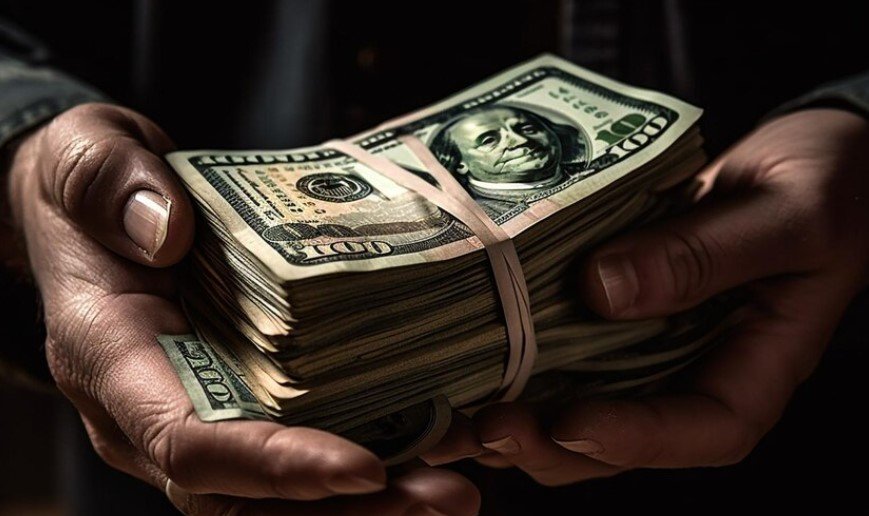How Super Bowl ads reveal the soaring inflation of the US economy?

The Super Bowl is not only a spectacle of sports but also a showcase of the most expensive advertisements in the world. The cost of a 30-second spot during the Super Bowl has increased by 185 times since 1967, reaching a staggering $7 million for this year’s game. This rate of inflation is unmatched by any other product or service and reflects the NFL’s dominance in television viewership.

Super Bowl tickets set a new record
The first thing that would change is the price of attending the Super Bowl itself. Ticket resale platform StubHub forecasts that this Super Bowl could set a record as the priciest ever, with the average ticket sale price reaching approximately $8,600, marginally surpassing the cost of tickets for the Super Bowl held in Los Angeles two years prior. This is already a huge increase from the original face value of the tickets, which ranged from $950 to $5,000. But if the tickets followed the same inflation as the ads, they would cost a whopping $1.6 million each.
Food and drinks would become unaffordable
Another thing that would change is the cost of food and drinks, which are essential for any Super Bowl party. Chicken wings, which cost 23 cents per pound in 1967, would now be priced at $43 per pound. A six-pack of beer, similarly affected, would cost an astonishing $340. The price of a gallon of gasoline, meanwhile, would surge to $61. These prices would make it impossible for most Americans to enjoy the Super Bowl or even to drive to the stadium.
Housing and stock market would skyrocket
The most dramatic change, however, would be in the housing and stock markets, which are the main indicators of the US economy. The average US house price would skyrocket to $4.2 million, making homeownership a distant dream for many. Finally, the S&P 500, the benchmark index of the US stock market, would be at 16,374, more than three times its current level. This would create a huge wealth gap between the rich and the poor and potentially destabilize the economy.
Super Bowl ads are an anomaly
Of course, these scenarios are hypothetical and exaggerated, as Super Bowl ads are an anomaly in the inflation landscape. They reflect the high demand and limited supply of advertising space during the most watched event in the US, as well as the prestige and exposure that come with it. Super Bowl ads are not representative of the general inflation rate, which is currently around 7%, the highest in 40 years. However, they do illustrate the power and influence of the NFL and the changing dynamics of the media industry.




